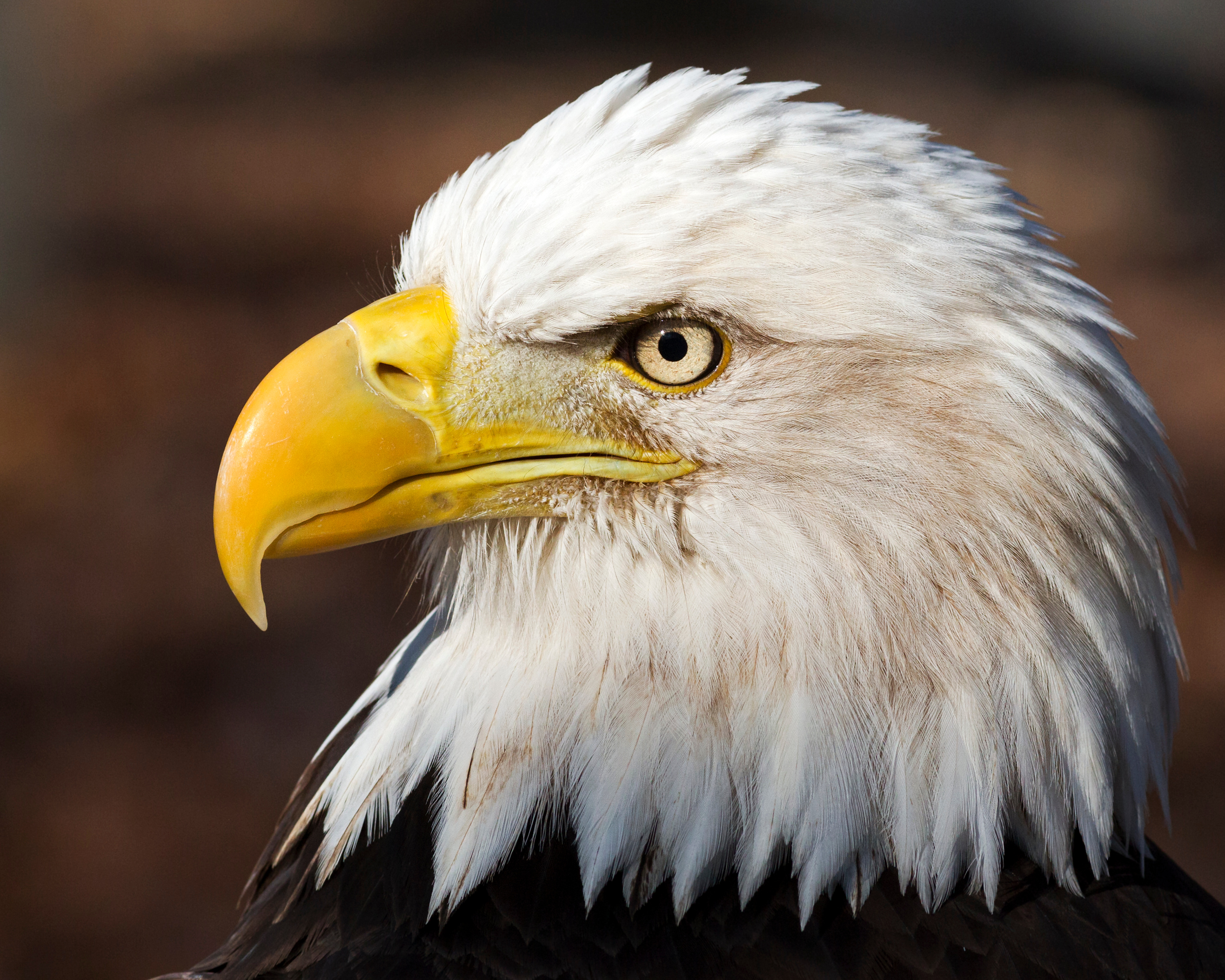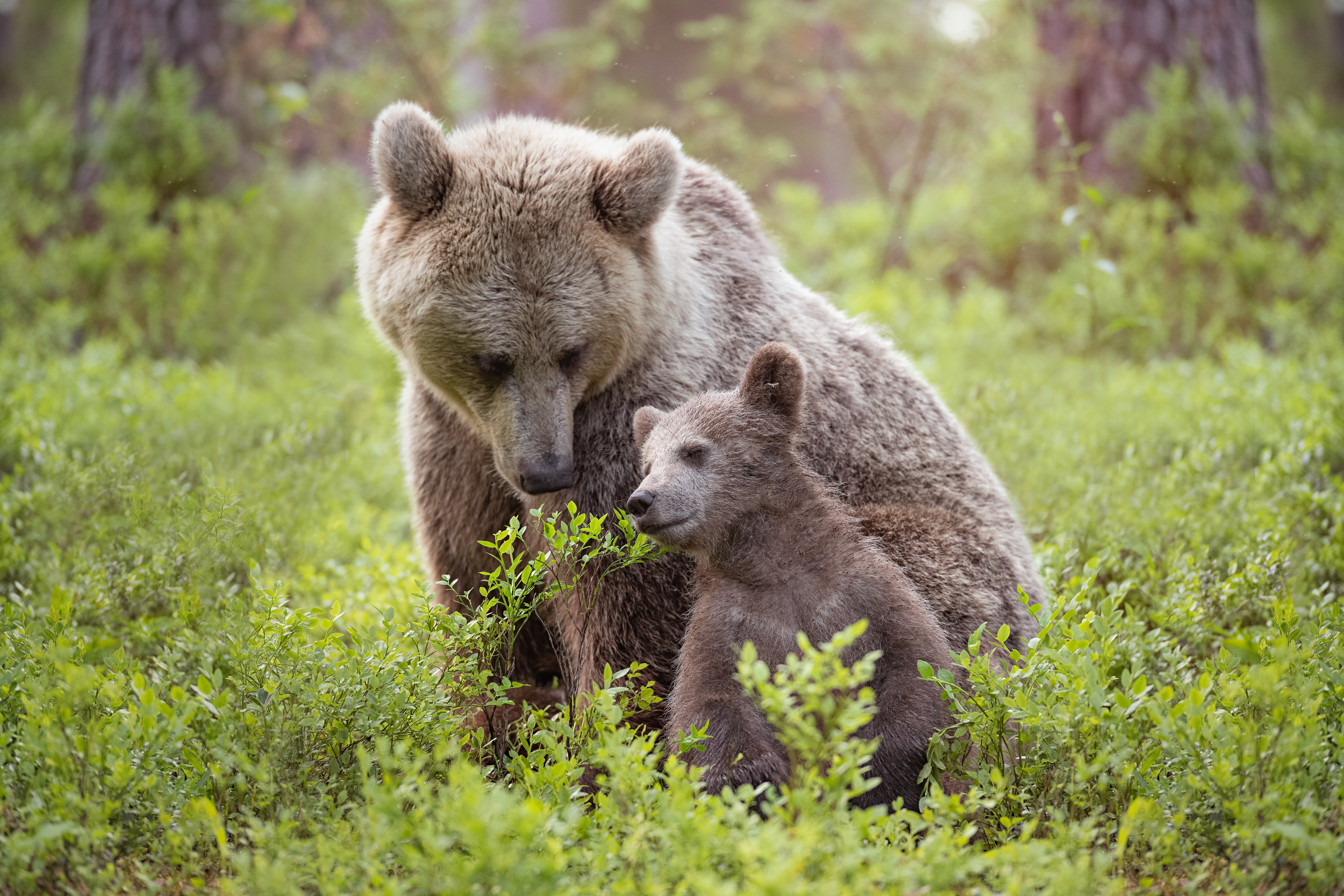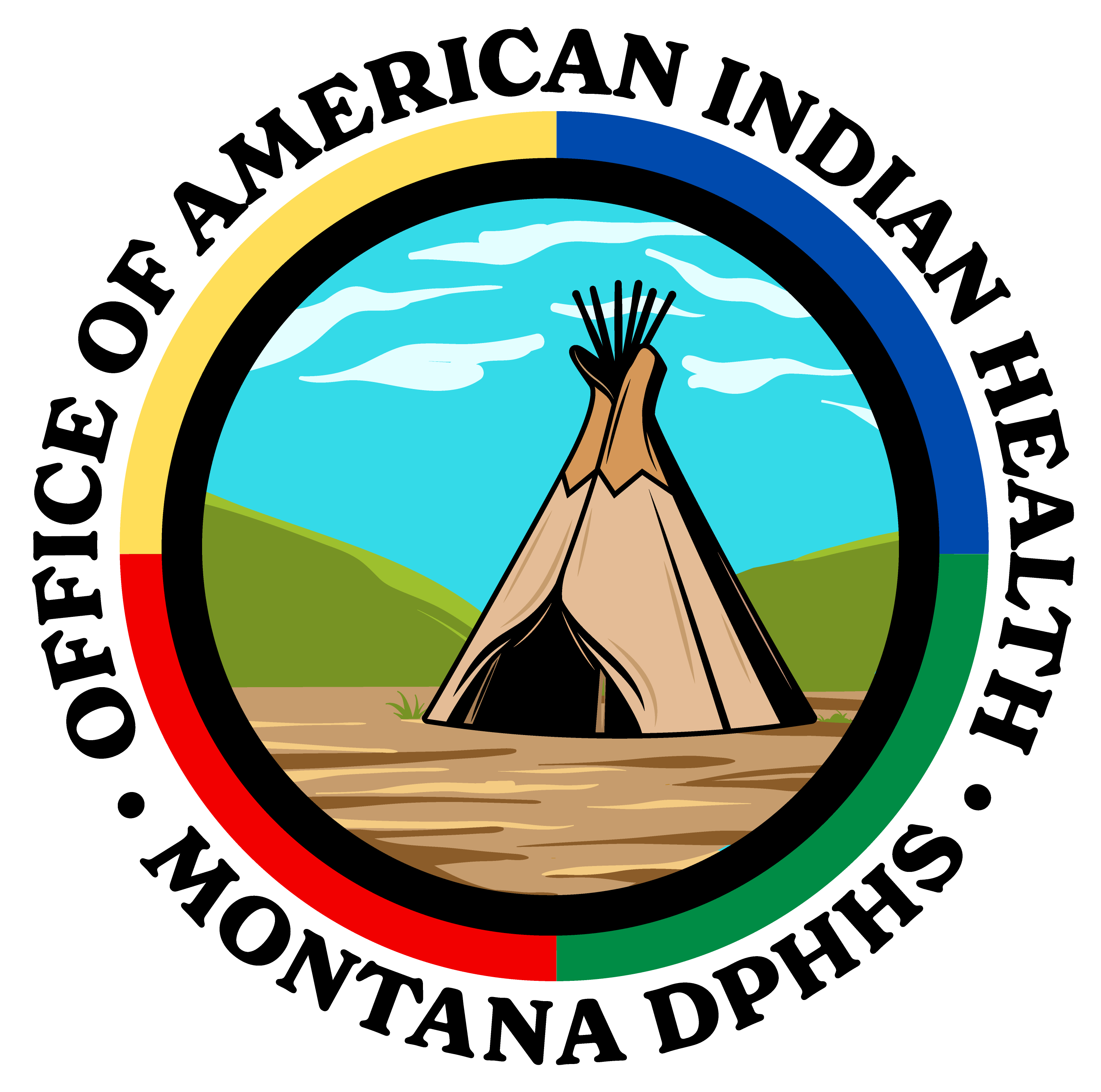
Office of American Indian Health
The Office of American Indian Health serves to connect people and cultures across the state of Montana, translating concepts of health and informing how best to work with Montana’s tribal nations to create better health outcomes for all Montanans. The Office provides diplomatic and cultural insight to the Department of Public Health and Human Services, helping tailor effective and respectful outreach to American Indian communities. The Office also provides a voice for indigenous perspectives and knowledge within DPHHS, broadening ideas and approaches outside the typical academic position. By tying together the data that DPHHS gathers with indigenous practice and knowledge, OAIH serves as a bridge between the DPHHS programming of Montana and the tribal population of Montana.
For more information and to register for the Caring for Indigenous Montanans course, visit the Caring For Indigenous Montanans Training Registration.
Across Montana, Indigenous people delay or avoid care due to the treatment they receive when in the healthcare setting. This treatment compounds existing barriers to care such as lack of providers, and transportation times when patients do not feel comfortable or welcomed in the healthcare setting. The Caring For Indigenous Montanans training responds to this problem by building capacity in Montana’s healthcare providers by providing them an introductory training in culturally appropriate care.
This training combines a traditional module-based self-guided training format with a filmed portion wherein learners can hear directly from Indigenous patients from each nation in Montana. Some Tribes have also included information from non-Native providers who can share their experience working with Indigenous communities and provide mentorship on how to best work cross-culturally. Finally, learners will have the opportunity to hear from Knowledge Keepers of Indigenous Nations or elders to learn about traditional views of health and why understanding the differences between Tribes is important.
This training is a collaborative effort between the Montana Tribes, Montana DPHHS Office of American Indian Health, and MORH/AHEC. MORH/AHEC received permission from Tribal Councils to come onto reservations across the state and to film people and the landscape. The creation of each training was supervised by individual Tribes and Montana DPHHS Office of American Indian Health.
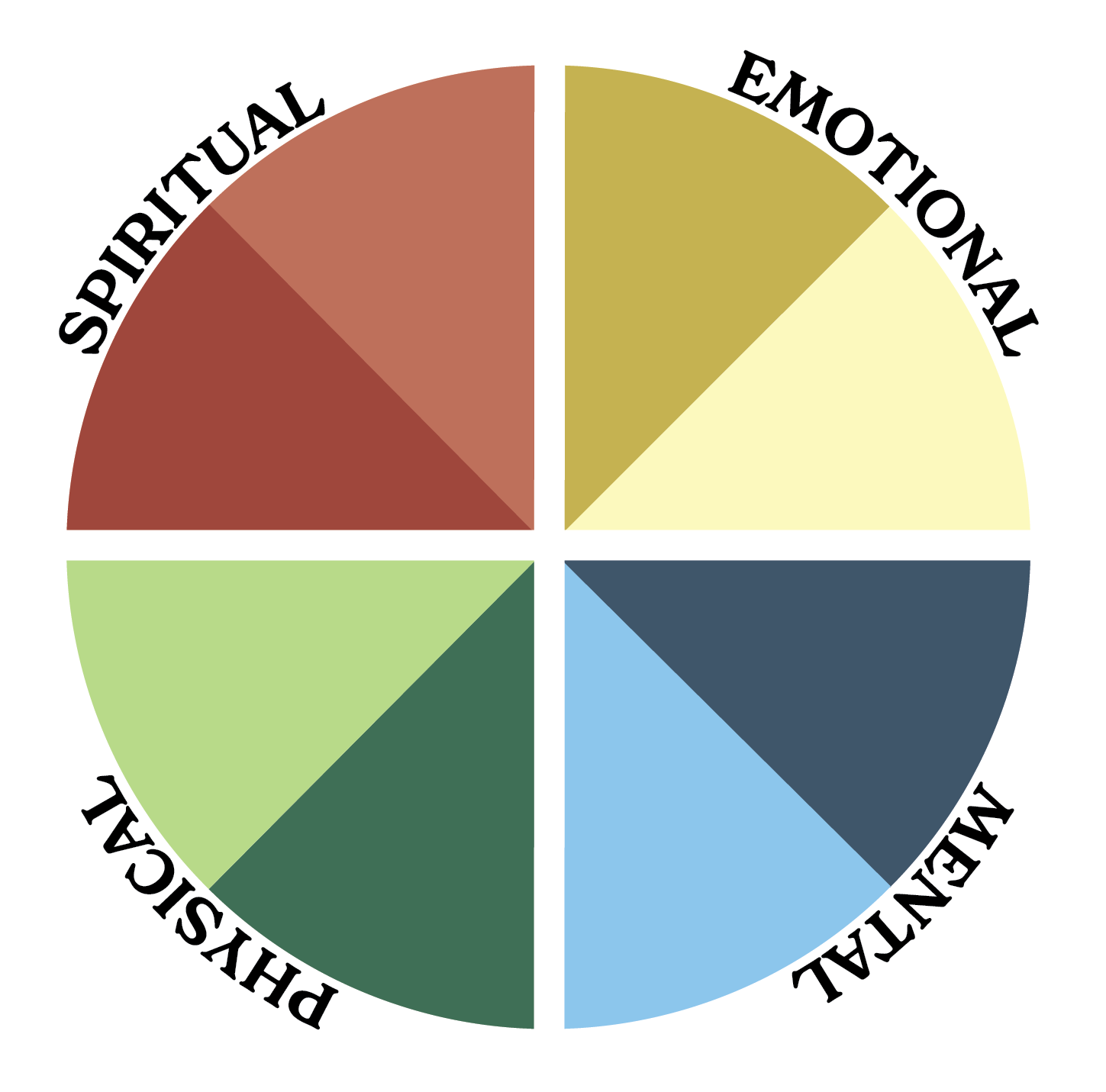
The medicine wheel is a powerful traditional symbol across many North American indigenous communities. The specifics of the wheel, such as colors or directions represented, can vary between tribes, but the overall meaning is similar between nations where it’s recognized. The main representation is of interconnected cycles of being, whether that be the continual passing of seasons, the cycle of older generations aging and creating new ones, or the ecological cycles that pass through nature. Within the wheel, things change from one form to another, but are never truly gone. The spirit persists after the body, and new life grows from old life. Clouds turn into rain, which turn into rivers that feed lakes, where surface water evaporates into the air to form new clouds. Although the distinct experiences of each mode of being are different, their interconnection and fundamental nature remain the same throughout. In medicine specifically, the wheel shows how all aspects of health are bound together to create a larger whole in the center. Mental, physical, spiritual, and emotional health all form parts of the wheel, with their own spokes tying into the person at the center. Each spoke of the wheel has its own purpose, but the whole wheel functions when they’re working in concert and balancing against each other. If a spoke of the wheel is unbalanced or unmaintained, all parts of the wheel are affected, impacting all health aspects of a person. Someone’s mental health being poor might result in their physical, spiritual, and emotional health worsening as a result, but you can’t restore the rest of the wheel until you fix the original spoke that fell out of balance.
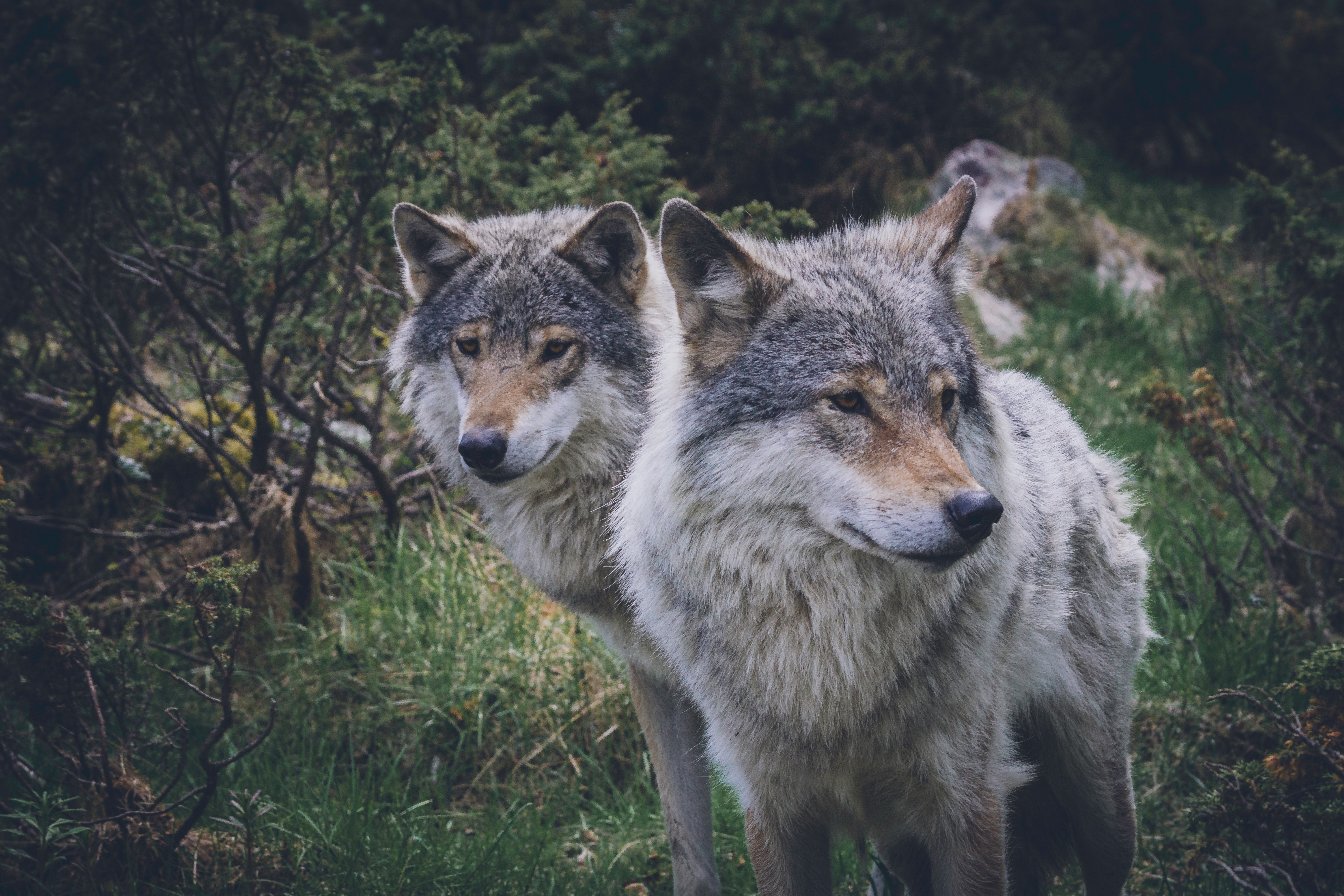
- Elders/cultural Knowers
- Self Help Groups ( Wellbriety , Red Road, treatment centers , Pikuni )
- Native Connections / tribal resiliency
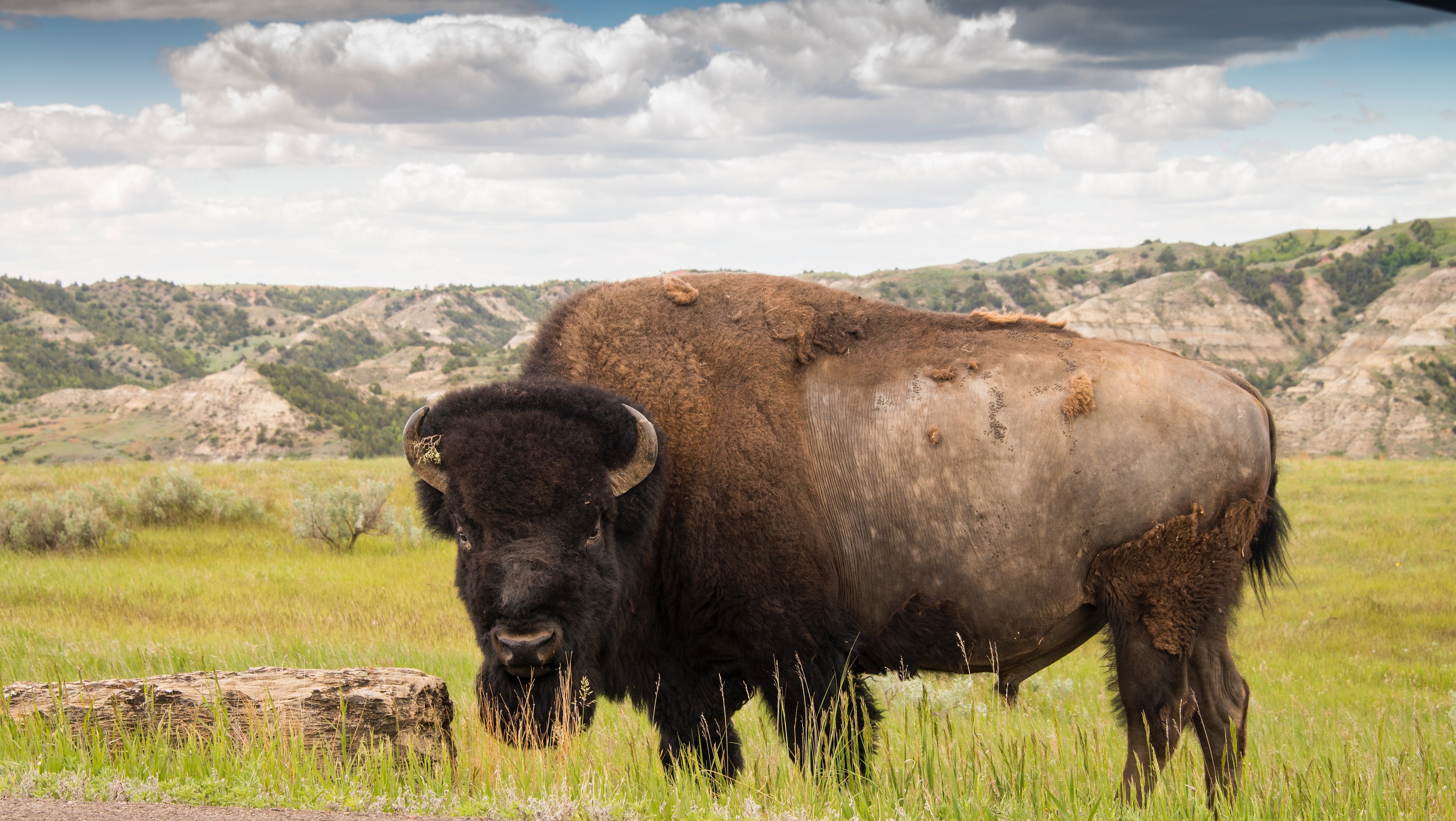
- Youth Services (NDo , YEC, state TRRU , Blackfeet Connect)
- Family Services
- Community Services
- Elder/Culture (Head Start , Tribal Colleges, Napi , Tribal schools , culture committees, cultural activities , Triba l Food Sovereignty
Mission:
To improve and promote the health, well-being, and self-reliance of American Indians in Montana.
Vision:
To empower, heal, and transform health for current and future generations of American Indians in Montana.
Strategic Plan
History
In a 2013 report on the health of Montanans, DPHHS documented severe health disparities among American Indians living in Montana. The report found that American Indians in Montana die at a median age of 50 years, more than 20 years earlier than non-Indian Montanans. The gap in life expectancy is driven by elevated death rates for heart disease, cancer, respiratory illnesses, injuries, and suicide is also substantially higher. These health disparities are rooted in longstanding challenges, including poverty and unemployment, racial discrimination and historical trauma, inadequate housing, and food insecurity, among others.
As a result of consultation with tribal health directors, urban Indian health organizations, and other Indian organizations, Governor Steve Bullock established a Director of American Indian Health position within the Director’s Office at DPHHS in 2015, to lead the state’s effort in addressing the main factors contributing to health disparities experienced by American Indian people in Montana. The Director of American Indian Health is responsible for identifying the sources of health disparities and developing strategies for health equity, while providing a forum for addressing tribal-state health issues. Montana became one of the first states in the country to create a Director of American Indian Health position under an Executive Order of the Governor, although a handful of others have created small programs as part of larger minority-health initiatives.


